Sleeping on your side—rather than your back or stomach—may be the best way to rid your brain of waste. It may even help reduce the chances of developing Alzheimer’s, Parkinson’s, and other neurological diseases.
Researchers used dynamic contrast magnetic resonance imaging (MRI) to image the brain’s glymphatic pathway, a complex system that clears wastes and other harmful chemical solutes from the brain.
A lateral sleeping position is the best position to most efficiently remove waste from the brain. It’s also the most common way to sleep for humans and many other animals. The buildup of brain waste chemicals may contribute to the development of Alzheimer’s disease and other neurological conditions, researchers say.
Researchers have used dynamic contrast MRI for several years to examine the glymphatic pathway in rodent models. The method helps identify and define the glymphatic pathway, where cerebrospinal fluid (CSF) filters through the brain and exchanges with interstitial fluid (ISF) to clear waste—similar to the way the body’s lymphatic system clears waste from organs.
Body Posture and Sleep Quality
It’s during sleep that the glymphatic pathway is most efficient. Brain waste includes amyloid β (amyloid) and tau proteins, chemicals that negatively affect brain processes if they build up.
In the new study, published in the Journal of Neuroscience, researchers used the dynamic contrast MRI method along with kinetic modeling to quantify the CSF-ISF exchange rates in anesthetized rodents’ brains in three positions—lateral (side), prone (down), and supine (up).
“The analysis showed us consistently that glymphatic transport was most efficient in the lateral position when compared to the supine or prone positions,” says Helene Benveniste, principal investigator and a professor of anesthesiology and radiology at Stony Brook University School of Medicine.

Most Popular Position
Benveniste and first-author Hedok Lee, assistant professor of anesthesiology and radiology, developed the safe posture positions for the experiments. Lulu Xie, Rashid Deane, and Maiken Nedergaard, all at the University of Rochester, used fluorescence microscopy and radioactive tracers to validate the MRI data and to assess the influence of body posture on the clearance of amyloid from the brains.
“It is interesting that the lateral sleep position is already the most popular in human[s] and most animals—even in the wild—and it appears that we have adapted the lateral sleep position to most efficiently clear our brain of the metabolic waste products that built up while we are awake,” Nedergaard says.
“The study therefore adds further support to the concept that sleep subserves a distinct biological function of sleep and that is to ‘clean up’ the mess that accumulates while we are awake. Many types of dementia are linked to sleep disturbances, including difficulties in falling asleep.
“It is increasing[ly] acknowledged that these sleep disturbances may accelerate memory loss in Alzheimer’s disease. Our finding brings new insight into this topic by showing it is also important what position you sleep in,” she explains.
Researchers caution that while the research team speculates that the human glymphatic pathway will clear brain waste most efficiently when sleeping in the lateral position as compared to other positions, testing with MRI or other imaging methods in humans is a necessary first step.
Other researchers from Stony Brook, the University of Rochester, and New York University are co-authors of the study.
This article was previously published by Stony Brook University. Republished via Futurity.org under Creative Commons License 4.0.

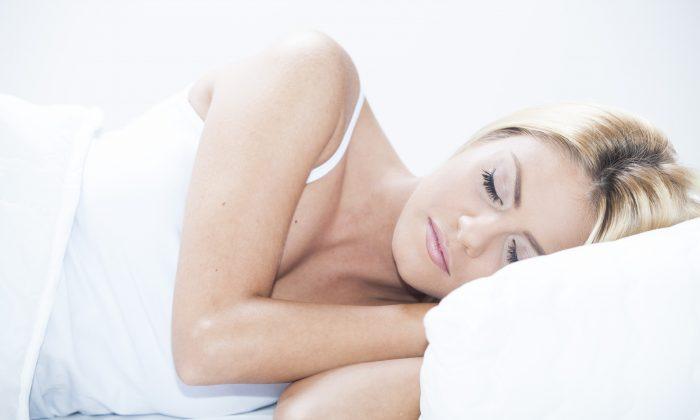
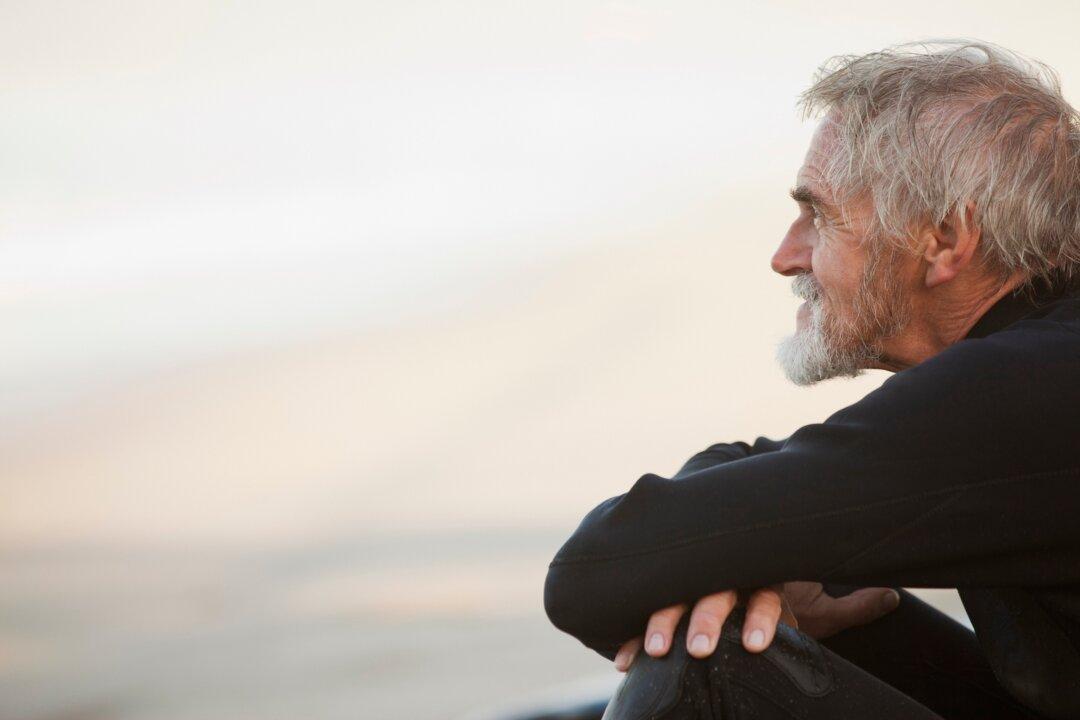
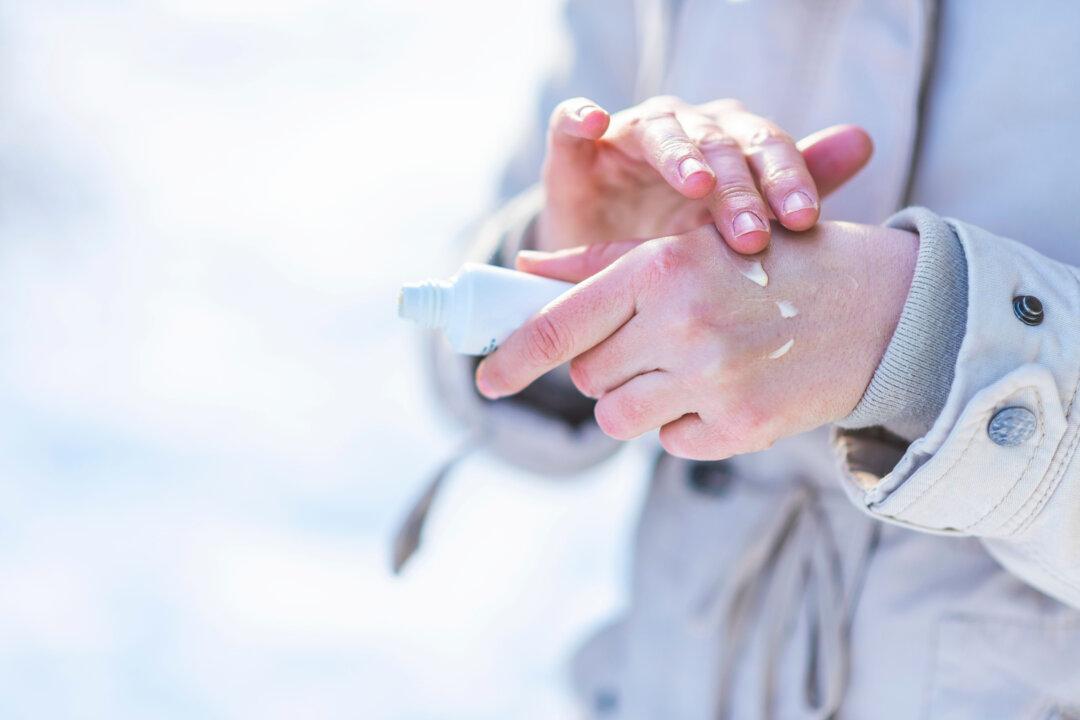
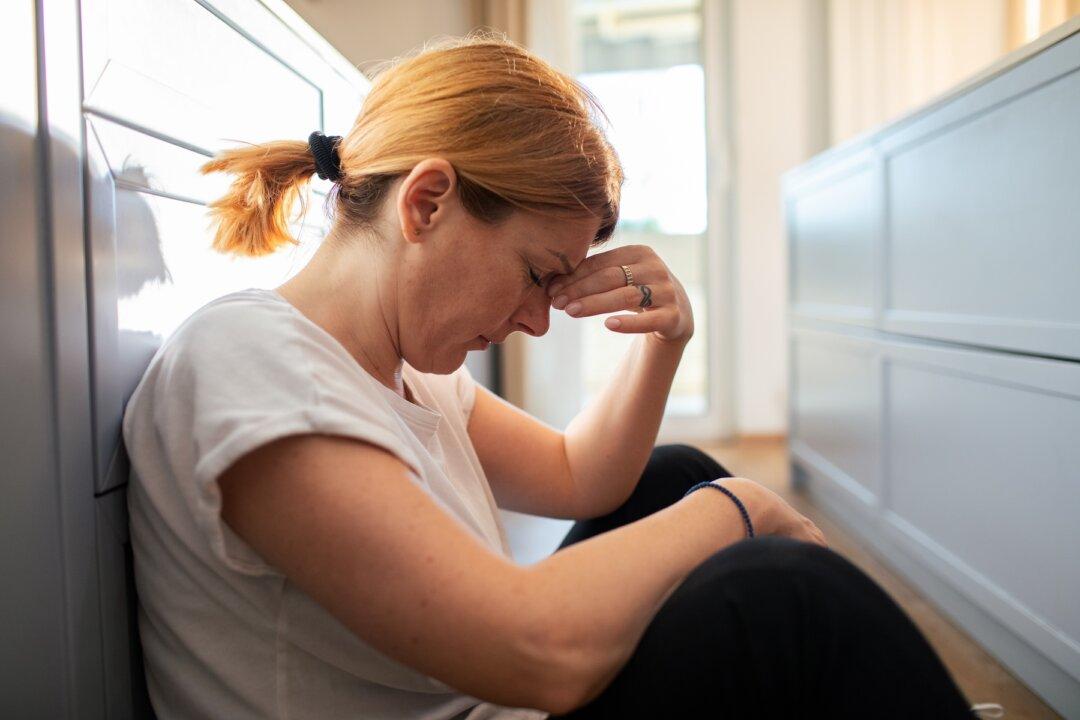
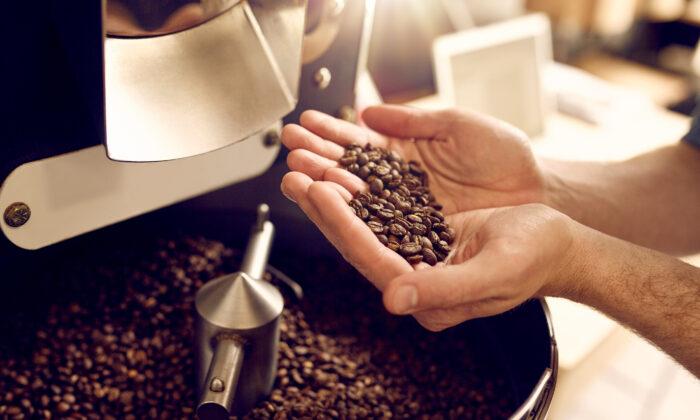
Friends Read Free